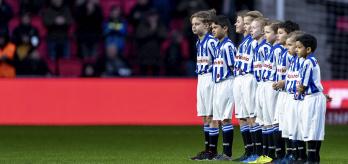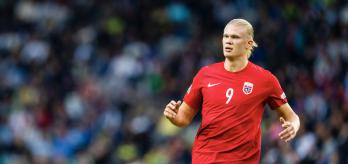In his second webinar David Aznar turns his attention from devising a game model to implementing it in practice. In this session, hosted by FIFA's Toni Álvarez, he outlines how he gets his game model across to his players, shows how small-sided exercises translate to the 11-a-side game, and identifies some common features of successful training drills. The webinar is presented in three parts, and is followed by a Q&A.
Organising a training session is like going to the supermarket: we have loads to choose from, and if we don't have a list, we end up with lots of things we don't need
Watch webinar
Read summary
Part 1: The fundamental nature of football
Aznar opens this session by examining the nature of football as a sport, likening it to a chaotic crossroads. Players have to be able to operate in this chaotic environment, and while technical ability is important, it represents the final step in a long process. Players have to be able to see the opportunity to play that killer pass before they can execute it, and to spot openings, they need to know what they are trying to achieve on the pitch.
Part 2: Everything revolves around the game model
Given this philosophy, it is unsurprising that Aznar believes all training exercises should be relevant to your game model. Maintaining this focus will help your team build the foundations that support their performance. To illustrate his point, Aznar demonstrates how a simple 5v2 training drill can be used to develop physical fitness, technical ability and tactical acumen, then shows how the same exercise can be applied in competitive, 11-a-side matches. Seeing these moves "from the training ground" coming off in matches is hugely satisfying for any coach.
Part 3: Aznar's training principles
In the final part of this webinar, Aznar explains some of the fundamental principles behind his training sessions. For example, training sessions need to be planned and relevant to your game model, and should reflect the nature of the game. While the principles in this section can serve as a guide, Aznar also stresses that coaches can and should be creative when designing sessions. Books can provide inspiration, but the most effective exercises are the ones you design specifically for your own squad.
Q&A
00:34
Coaches often say they are seeing less and less creativity in training and micro-cycles, and more standardisation. At the same time, they usually want their teams to play a unique way. Do coaches ignore their own advice to be creative?
04:56
Coaching staffs are getting bigger all the time, and it's difficult to explain the role of the coaching staff, because they work with so much information in so many different areas. In a competitive scenario, how do you manage all the information you collect and how do you delegate responsibilities among your coaching staff to ensure that players understand what's expected of them?
09:56
In Spain, there are two schools of thought on structured training and "fractality," and how you mix the two schools. Broadly, the schools of thought say that tactical periodisation harms players, but the structured approach is detrimental to the game. What do you think? Would you agree with either of those schools of thought?






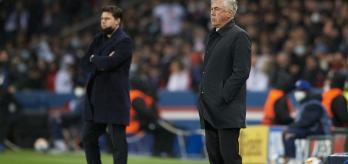

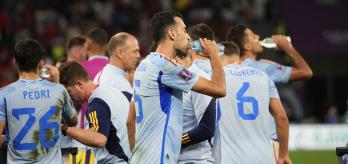







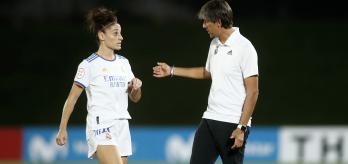
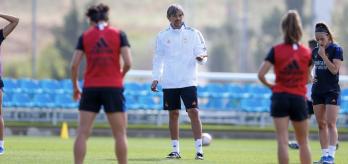
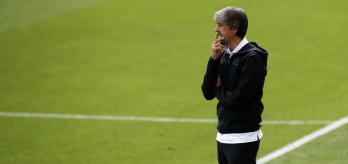
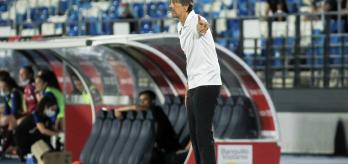
.variant64x64.png)


.variant348x164.png)
